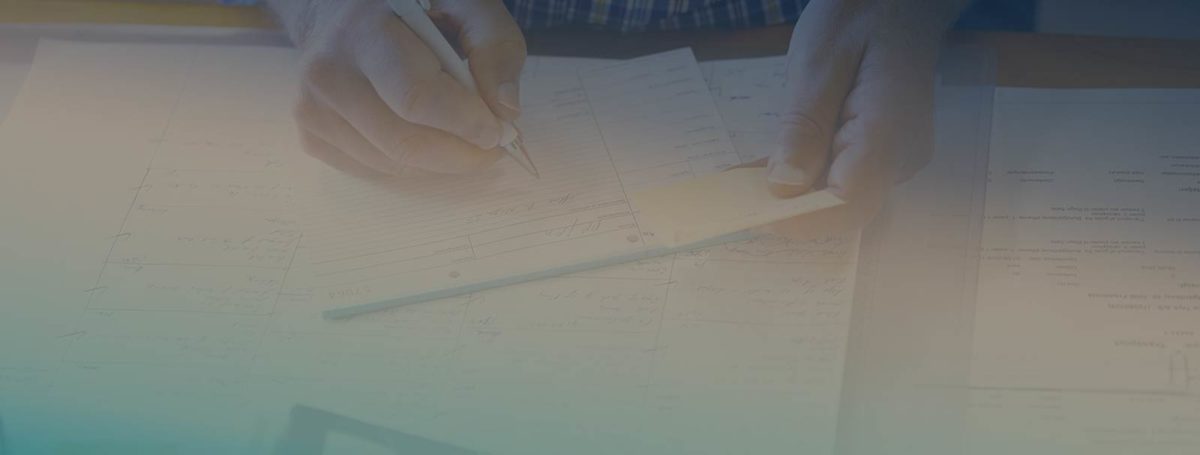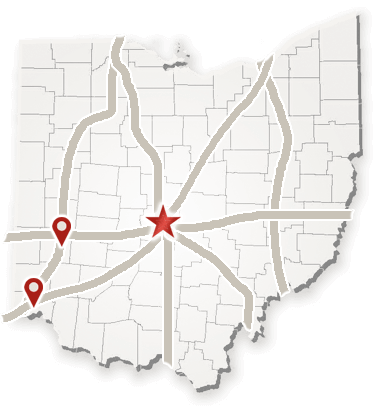If you find yourself getting overwhelmed with debt, getting legal assistance is essential. The skilled and seasoned Ohio bankruptcy attorneys at Fesenmyer Cousino Weinzimmer understand all aspects of debt and the ways creditors attempt to collect it. We offer a free consultation to examine your individual situation and help you get back on the road to recovery.
What the Bankruptcy Code Says
The U.S. bankruptcy code provides protection to creditors dealing with unpaid debts. When debtors file for bankruptcy, the laws allow specific creditors to receive payments before others.
In a bankruptcy case, creditors have rights that include:
- Sharing in any payment from the bankruptcy estate. This is done according to the priority of their claim.
- Being heard by the court in matters dealing with the debtor’s plan or the liquidation of the debtor’s nonexempt assets.
- Challenging a debtor’s right to a discharge of what they owe.
Creditors with secured claims have additional and greater rights than unsecured creditors as they can repossess their collateral, after the bankruptcy stay expires or upon order of the bankruptcy court, if a debtor fails to make a payment on the secured claim.
Collecting Debts Without Court Action
Creditors often first attempt to collect debts without involving the courts. This usually involves:
- Contacting the debtor directly to demand payment.
- Transferring the debtor’s account to a debt collection agency.
- Taking back secured property in order to cover at least part of the debt
Additional steps creditors take include:
- Placing liens, such as mechanics liens, stop notices, and payment bonds on property. In some circumstances, creditors with a lien on the debtor’s property may foreclose on the lien and sell the property to satisfy the debt.
- Replevin – Creditors who hold title to property can take back that property if the debt is not repaid after meeting notice and hearing requirements.
- Attachment — After a court hearing, the court issues a Writ of Attachment order authorizing the creditor to take the debtor’s property or title to the property.
Both replevin and attachment are used in extreme circumstances, such as when the debtor is about to dispose of the property.
Bankruptcy Litigation
If you decide to file for bankruptcy, Fesenmyer Cousino Weinzimmer can assist you with matters involving:
- Relief from stay: when creditors challenge automatic stays you have been granted.
- Adversary proceedings: when creditors argue the discharge of your debts.
- Lien avoidance: when creditors challenge attempts to remove liens.
- Fraudulent conveyance: when creditors claim you made pre-filing transfers of money or property with intent to defraud.
Creditors are entitled to an enforceable judgment if they can prove their case or if debtors fail to contest their claim. It’s important to get legal assistance to fight back.
Bankruptcy
Bankruptcy is a way to get many debts forgiven and to protect you from the collection efforts of your creditors. However, if their debt-collection tactics don’t work and the debtor owes a substantial amount to several creditors, creditors may be able to initiate an involuntary bankruptcy proceeding. If the court accepts the petition, debtors may be forced to liquidate assets to pay off debts (Chapter 7) or may be able to file a reorganization plan that sets out how debts will be paid (Chapter 13).
Chapter 7
In a Chapter 7 bankruptcy, a debtor has three choices with secured creditors:
- Surrendering the property that secures the debt.
- Reaffirming the debt – A reaffirmation is a mutual agreement between a filer for bankruptcy and creditors, and usually involves a signed contract. Debtors may choose to reaffirm the debt if they want to keep the secured property and make payments until the debt is paid off.
- Redemption — Making a payment for the secured amount of the loan. For example, if the debtor has a $15,000 loan on a car worth $10,000, the debtor can redeem the vehicle for $10,000.
Chapter 13
In a Chapter 13 bankruptcy, the filer’s debts are reorganized and paid off over a three- to five-year period. The debtor must do one of the following:
- Surrender the property that secures the debt.
- Pay the debt to the secured creditor outside the reorganization plan.
- Pay the debt to the secured creditor within the reorganization plan.
Filing for bankruptcy can often be the best solution for debtors who need a chance for a fresh financial start and a path to a brighter future. If you’re a good candidate for bankruptcy, filing can keep creditors from harassing you and seizing your possessions, allow debts to be forgiven, and provide a way for you to keep many of your assets and begin to rebuild your life.
Contact Us Today For A Free Initial Consultation
If you find yourself overwhelmed by tactics creditors use to collect on debts, the experienced Ohio debt-relief attorneys at Fesenmyer Cousino Weinzimmer can help. We offer a free consultation to evaluate your entire financial situation and determine the best fit for your particular circumstances. We will make sure you are aware of all your options and help you decide on the financial recovery path that makes sense in your individual case. We know the courts and the system and will walk you through the process every step of the way.
Delaying can only worsen your situation, so call the Ohio attorneys at Fesenmyer Cousino Weinzimmer today. Call one of our conveniently located office branches at 614-228-4435 (Columbus), 937-222-7472 (Dayton), or 877-654-5297 (Cincinnati) or email for your free consultation.
Other bankruptcy services we provide include Chapter 7, Chapter 13, Bankruptcy for Self-Employed, Divorce Bankruptcy, Tax Debt and student loan debt.
Know your rights! Know what you can keep, how to stop collections, the difference between filings statuses, alternatives to bankruptcy and terms you should know.


